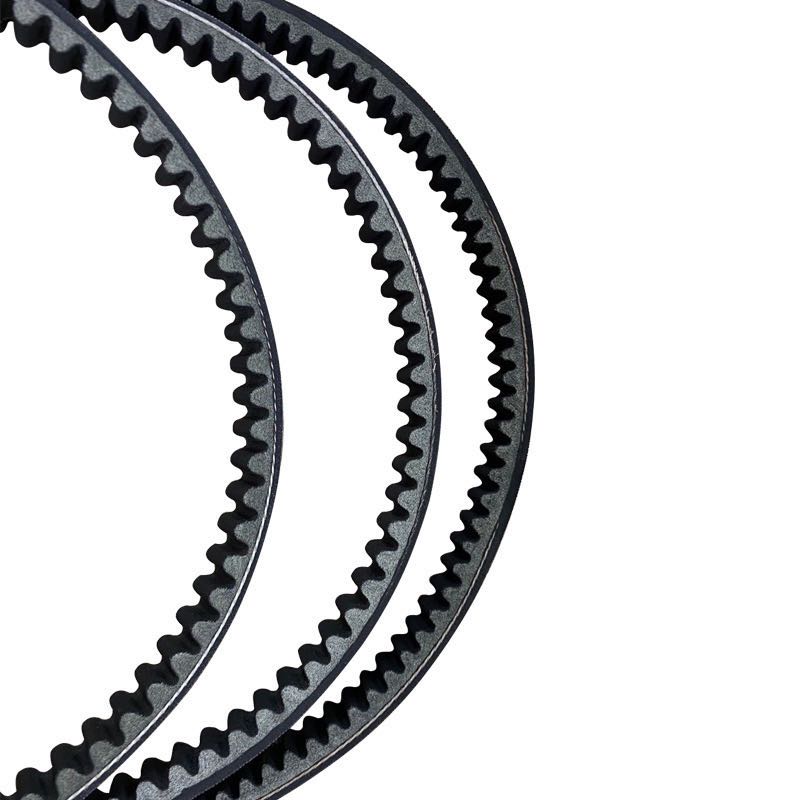- Arabic
- French
- Russian
- Spanish
- Portuguese
- Turkish
- Armenian
- English
- Albanian
- Amharic
- Azerbaijani
- Basque
- Belarusian
- Bengali
- Bosnian
- Bulgarian
- Catalan
- Cebuano
- Corsican
- Croatian
- Czech
- Danish
- Dutch
- Afrikaans
- Esperanto
- Estonian
- Finnish
- Frisian
- Galician
- Georgian
- German
- Greek
- Gujarati
- Haitian Creole
- hausa
- hawaiian
- Hebrew
- Hindi
- Miao
- Hungarian
- Icelandic
- igbo
- Indonesian
- irish
- Italian
- Japanese
- Javanese
- Kannada
- kazakh
- Khmer
- Rwandese
- Korean
- Kurdish
- Kyrgyz
- Lao
- Latin
- Latvian
- Lithuanian
- Luxembourgish
- Macedonian
- Malgashi
- Malay
- Malayalam
- Maltese
- Maori
- Marathi
- Mongolian
- Myanmar
- Nepali
- Norwegian
- Norwegian
- Occitan
- Pashto
- Persian
- Polish
- Punjabi
- Romanian
- Samoan
- Scottish Gaelic
- Serbian
- Sesotho
- Shona
- Sindhi
- Sinhala
- Slovak
- Slovenian
- Somali
- Sundanese
- Swahili
- Swedish
- Tagalog
- Tajik
- Tamil
- Tatar
- Telugu
- Thai
- Turkmen
- Ukrainian
- Urdu
- Uighur
- Uzbek
- Vietnamese
- Welsh
- Bantu
- Yiddish
- Yoruba
- Zulu
ኅዳር . 09, 2024 17:51 Back to list
Understanding Timing Belts for Toyota Hiace Maintenance and Performance
Understanding the Timing Belt for Toyota Hiace Maintenance and Importance
The Toyota Hiace has long been synonymous with reliability and versatility. Favored by businesses and families alike, this van is a workhorse that delivers performance across a range of applications. One of the critical components that ensure the smooth operation of the Hiace is its timing belt. Understanding the role, maintenance, and replacement of the timing belt is essential for any Hiace owner, as it impacts the vehicle’s performance and longevity.
What is a Timing Belt?
The timing belt is a crucial part of an engine's timing system. It synchronizes the rotation of the crankshaft and the camshaft, ensuring that the engine's valves open and close at the proper times during each cylinder's intake and exhaust strokes. In other words, it plays a pivotal role in the engine's overall function, and failure to maintain it can lead to severe engine damage.
Timing Belt Specifications for the Toyota Hiace
The timing belt for a Toyota Hiace varies depending on the model year and engine type. Typically, the timing belt is made of durable rubber with high-strength fibers, designed to withstand the extreme conditions of an engine environment. Some Hiace models use a timing chain instead of a belt, which is generally more durable. Nevertheless, the maintenance principles for both components are relatively similar, focusing on inspection and timely replacement.
Signs of a Worn Timing Belt
Understanding the signs of a worn or damaged timing belt is vital
. Some common indicators includetiming belt for toyota hiace

1. Ticking Noise A ticking or slapping noise coming from the engine can signify that the timing belt is loose or worn. 2. Engine Misfires If the timing belt has slipped or is malfunctioning, it can lead to misfiring or poor engine performance. 3. Oil Leaks Oil leaks from the front of the engine may indicate that the timing belt's seals are failing. 4. Dashboard Warning Lights If the check engine light illuminates, it could be related to timing belt issues.
Recommended Maintenance Schedule
Timing belts typically require replacement every 60,000 to 100,000 miles, though this can vary based on the specific model and engine type. For the Toyota Hiace, it is advisable to consult the owner’s manual for the manufacturer's recommendations regarding timing belt replacement intervals.
The Replacement Process
When it comes to replacing the timing belt, it’s crucial to follow a systematic approach. Here are the general steps involved in the replacement process
1. Preparation Disconnect the battery and remove any components obstructing access to the timing belt, such as the air intake or covers. 2. Alignment Before removing the old timing belt, mark the positions of the crankshaft and camshaft pulleys. This ensures proper alignment during reinstallation. 3. Removal Carefully remove the old timing belt, paying attention to the tensioner and idler pulleys, which may also require replacement. 4. Installation Install the new timing belt, ensuring that all alignment marks are properly matched. Replace the tensioner and idler pulleys as necessary, and reassemble all components. 5. Testing After installation, reconnect the battery, start the engine, and listen for any unusual noises. It's also essential to check for leaks.
Conclusion
The timing belt is more than just a rubber component; it is a vital part that keeps your Toyota Hiace running smoothly. Preventive maintenance, including regular inspections and timely replacement, can save you from costly engine repairs and extend the lifespan of your vehicle. By understanding the importance of the timing belt and recognizing the signs of wear, Hiace owners can ensure their vans remain dependable for many years to come. Always consult with a trusted mechanic or service center for specific guidance tailored to your Hiace model to maintain optimal performance and safety.
-
Upgrade Power Steering Pump Belt for Smooth, Quiet Operation
NewsAug.27,2025
-
Precision Timing Belt & Chain: Engine Performance & Durability
NewsAug.26,2025
-
Precision Lathe Drive Belts: Durable & Reliable Performance
NewsAug.25,2025
-
84.5 Serpentine Belt: Durable & Precision Fit for Your Engine
NewsAug.24,2025
-
Premium Ribbed Drive Belts for Quiet Power Transmission
NewsAug.23,2025
-
High-Performance Vehicle Timing Belt for Engine Precision
NewsAug.22,2025

